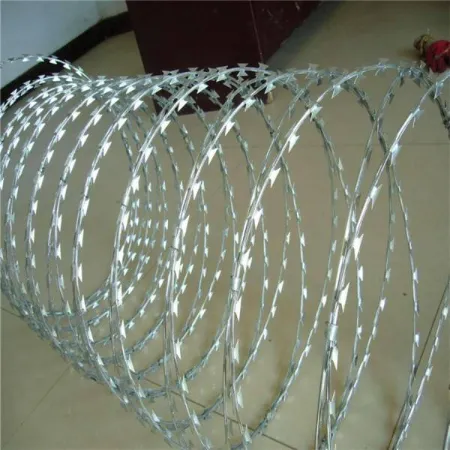The Importance of Fencing Around Construction Sites
Construction sites are inherently dangerous environments, not only for the workers on-site but also for the public nearby. To mitigate risks and ensure safety, fencing around construction sites plays a critical role. This article explores the reasons why fencing is essential, the types of fencing available, and the best practices for its implementation.
Ensuring Safety
First and foremost, the primary purpose of fencing around construction sites is to ensure safety. By creating a physical barrier, construction fencing helps to keep unauthorized personnel out of potentially hazardous areas. Construction sites often contain heavy machinery, steep drops, exposed wiring, and even hazardous materials, all of which pose serious risks to anyone entering the site without proper training and authorization.
In addition to protecting unauthorized individuals, fencing helps to safeguard workers by delineating the boundaries of the work area. This clear demarcation helps to reduce distractions and keeps the focus on safety protocols. Moreover, it minimizes the risk of accidents caused by passersby inadvertently wandering into active construction zones.
Preventing Theft and Vandalism
Fencing is also a deterrent against theft and vandalism. Construction sites often contain valuable equipment, tools, and materials that can be attractive targets for thieves. Temporary fencing not only makes it more difficult for opportunistic criminals to access the site, but it also facilitates a sense of security for contractors and workers. When a site is properly secured, it reduces the likelihood of financial losses due to theft and helps maintain an orderly workflow.
Additionally, fencing can prevent vandalism, which can lead to costly repairs and project delays. The presence of a secure perimeter acts as a psychological barrier, signaling that the area is monitored and protected.
Types of Construction Fencing
fencing around construction sites

There are several types of fencing available for construction sites, each serving different purposes and catering to varied needs. The most common type is chain-link fencing, which provides a robust barrier that is both affordable and effective. Its visibility allows workers and the public to see what’s happening inside the site, adding a level of transparency.
Another option is privacy fencing, which can block visibility into the site. This type is particularly useful for large construction projects where sensitive information is being handled. In some cases, temporary fencing can be enhanced with advertising banners or mesh fabric, offering an opportunity for branding while still maintaining security.
For smaller projects, plastic safety fencing can be utilized. This lightweight option is easy to set up and transport but is less secure than chain-link fencing. However, it still serves as a useful visual barrier to ward off trespassers.
Best Practices for Implementation
To maximize the effectiveness of fencing around construction sites, several best practices should be considered. First, it is crucial to ensure that the fencing is installed before any construction work begins. This proactive approach can help to avert potential issues from the outset.
Furthermore, regular inspections of the fencing are essential. Over time, weather and wear can compromise the integrity of the barrier. Therefore, it is vital to check for any damage and conduct repairs as needed.
Signage should also be incorporated into the fencing. Clear and visible signs indicating the presence of a construction zone and potential hazards help to inform and alert the public, significantly enhancing safety.
Conclusion
In summary, fencing around construction sites is a vital component of ensuring safety, preventing theft and vandalism, and delineating boundaries. By understanding the importance of appropriate fencing and following best practices for its implementation, contractors can significantly reduce risks and contribute to the overall success of the construction project. A well-fenced site is not only a safer environment but also sets a professional standard within the construction industry.
-
Why Galvanized Trench Cover Steel Grating Resists Corrosion
NewsJul.10,2025
-
The Versatility and Strength of Stainless Expanded Metal Mesh
NewsJul.10,2025
-
Load Calculations in Steel Grating Platforms
NewsJul.10,2025
-
Keeping Pets and Kids Safe with Chicken Wire Deck Railing
NewsJul.10,2025
-
Hole Diameter and Pitch for Round Perforated Metal Sheets
NewsJul.10,2025
-
Aluminium Diamond Mesh in Modern Architecture
NewsJul.10,2025
Subscribe now!
Stay up to date with the latest on Fry Steeland industry news.

